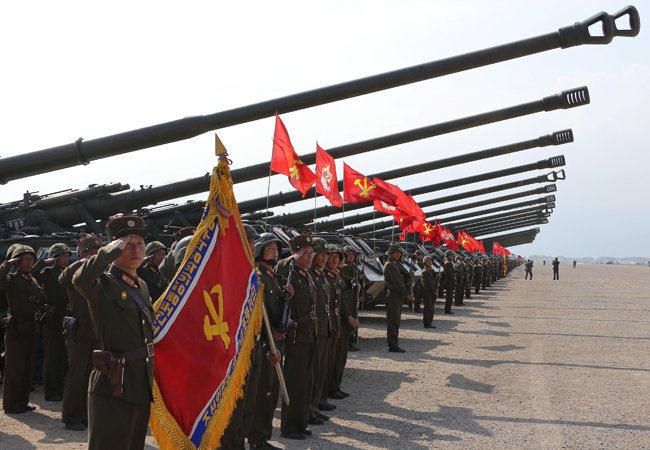May 07, 2017
QUETTA, Pakistan – The Pakistani army says it has destroyed at least five Afghan checkpoints near the border between the two countries, killing about 50 security forces.
Maj. Gen. Nadeem Ahmad told reporters Sunday at the Chaman border crossing that two of his soldiers were also killed and another nine were wounded.
The Pakistani and Afghan armies have been clashing at the border crossing in southwestern Baluchistan province since Friday.
Officials in Islamabad say the fighting began after Afghan security forces fired on Pakistani census workers and the troops escorting them, killing nine civilians and wounding 42, including women and children.
Pakistan and Afghanistan routinely accuse each other of providing sanctuaries to their enemy insurgents — which both sides deny.




_close_shot.jpg?w=640&q=60&fmt=pjpeg&auto=format)














